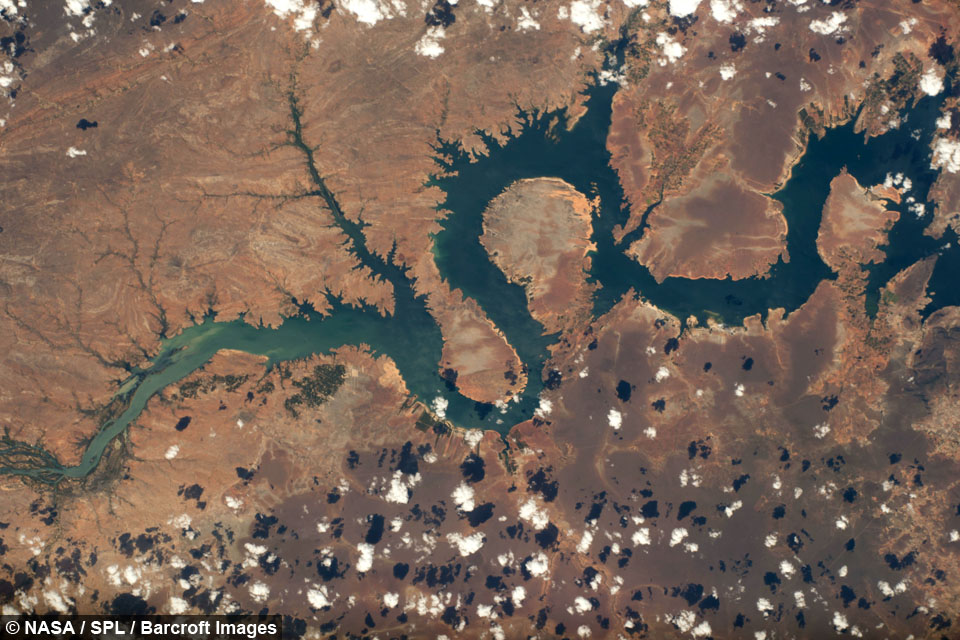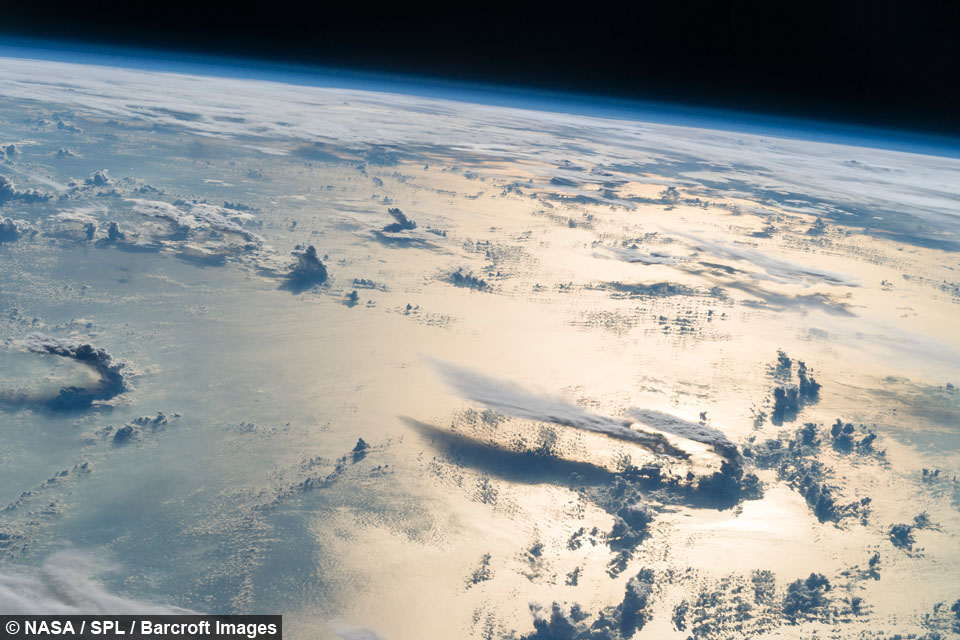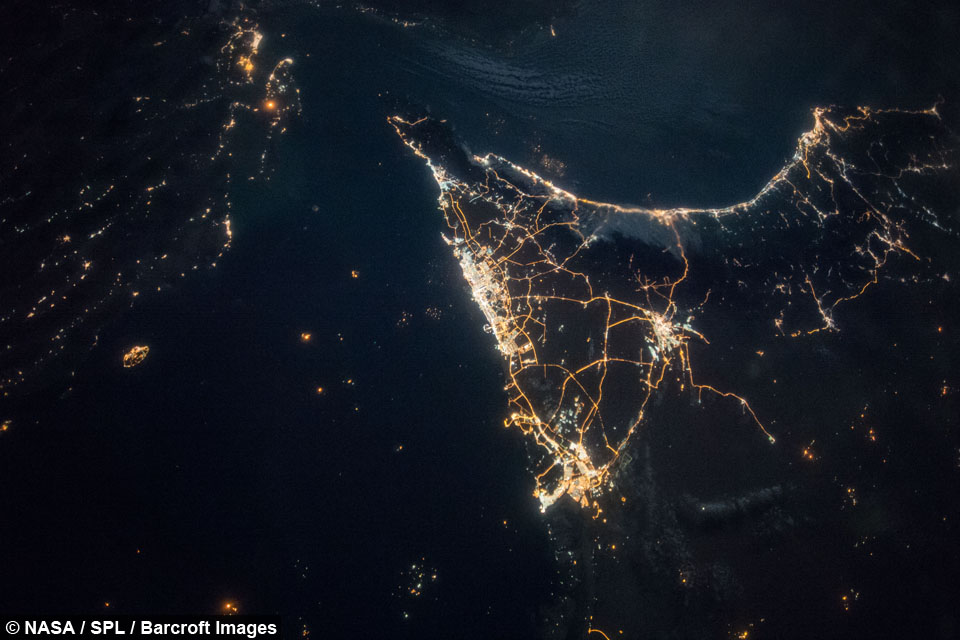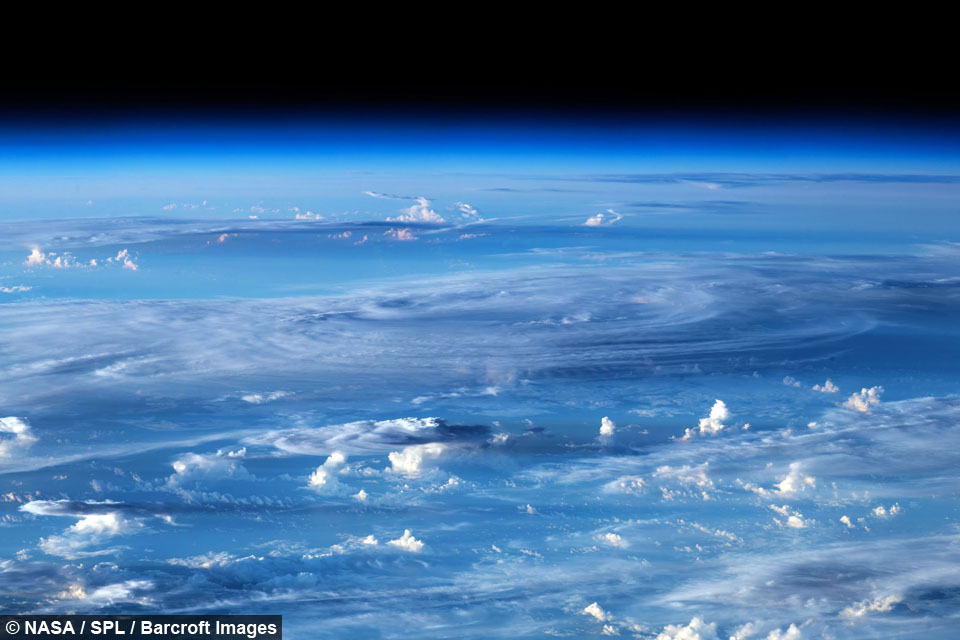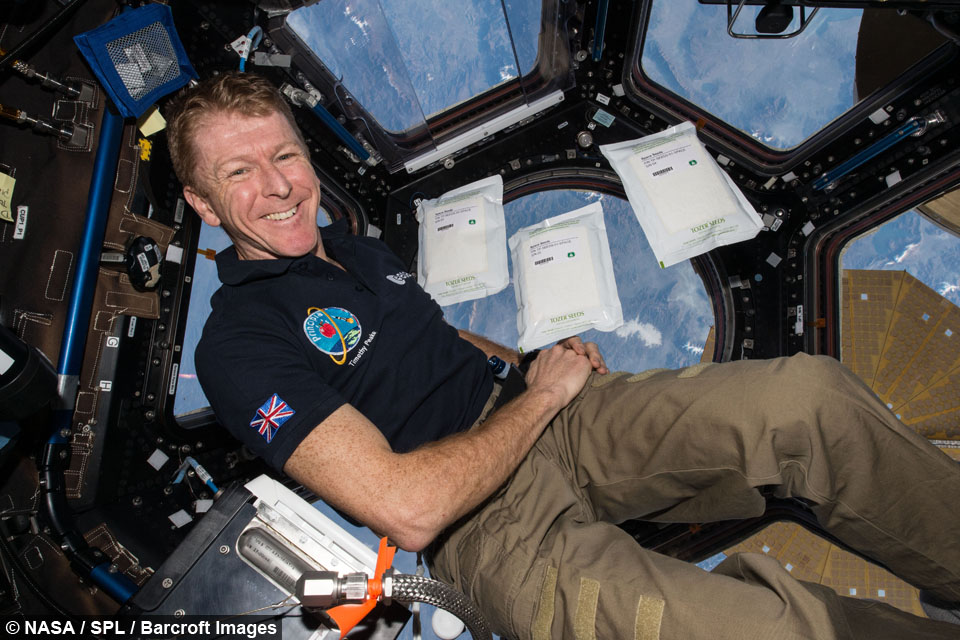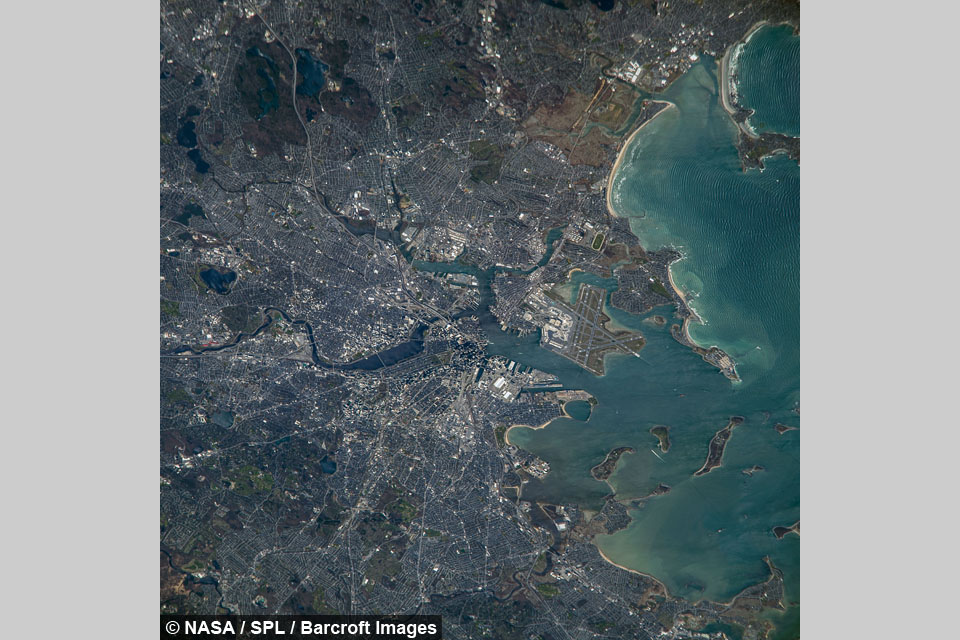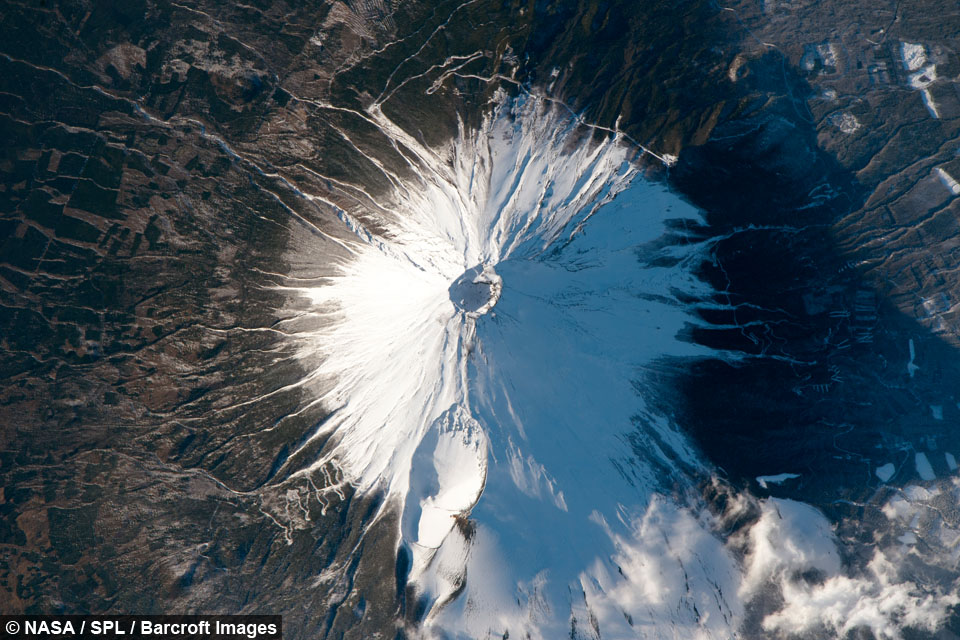Sights From the Stratosphere: A Year of Photographs From the International Space Station
By Hannah Stevens @Hannahshewans
Scroll down for the full story
Videographer / director: NASA, Science Photo Library
Producer: Hannah Stevens, Nick Johnson
Editor: Ian Phillips
Throughout 2016 astronauts aboard the ISS have been documenting the ever-changing face of the Earth, capturing vast deserts, isolated mountain regions and bustling cities.
The grand space station orbits the Earth at an altitude of 205 and 270 miles, and goes round the planet an incredible 15.5 times each day.
Even though Earth has a 40,075km circumference, each orbit of the earth only takes 92.65 minutes in the ISS.
Digital cameras were introduced on shuttle missions in 1995 and today all Crew Earth Observations (CEO) are taken with a digital camera.
This year occupants of the ISS have included Tim Peake and Kathleen Rubins and astronauts currently aboard the station are carrying out studies to determine how living and working in space impacts the human body.
As well as carrying out research, astronauts aboard the station have been photographing Earth’s vast landscapes and capturing epic time lapses of the Earth’s orbit.
Rolling footage explores the stunning light formations created by our planet’s cities, including Calgary, Canada and Boston, Massachusetts, while an ethereal green glow marks the edge of Earth’s atmosphere.
Other images give a bird's eye view of the cracked surfaces of Mount Brandberg, Nambia, Illizi in Algeria and the Namib desert in South Africa.
